



 Tech & IT
Tech & IT
 Business
Business
 Coding & Developer
Coding & Developer
 Finance & Accounting
Finance & Accounting
 Academics
Academics
 Office Applications
Office Applications
 Art & Design
Art & Design
 Marketing
Marketing
 Health & Wellness
Health & Wellness
 Sounds & Music
Sounds & Music
 Lifestyle
Lifestyle
 Photography
Photography
More Learnfly
Business Solution Become an InstructorNeural Networks are computing systems inspired by the human brain's structure. They consist of interconnected nodes (neurons) that process information. Used in machine learning, they excel at tasks like pattern recognition, classification, and regression, making them integral to artificial intelligence applications.












Learn more topics in various categories at one place. Explore unlimited courses in other categories and up-skill yourself today.

 Jazeb Akram
Jazeb Akram 4.2 771160 Beginner Level

 John Hedengren
John Hedengren 4.1 569064 All Level

 Ranjan Pandey
Ranjan Pandey 4.1 346731 All Level

 Muhammad Ahsan Pervaiz
Muhammad Ahsan Pervaiz 4.2 101338 All Level

 Pieter Vliegenthart
Pieter Vliegenthart 4.6 100918 All Level

 Jerome P.
Jerome P. 4.8 100882 All Level

 Senol Atac
Senol Atac 4.9 100093 All Level

 Vikas Munjal
Vikas Munjal 4.8 100066 Beginner Level

 Avinash A
Avinash A 4.8 100015 All Level
.png)
 Gopaluni Sai Karthik
Gopaluni Sai Karthik39 Lectures
 (1).jpg)
 Dr. Gleb Tsipursky
Dr. Gleb Tsipursky 9 Lectures

 TechLatest .Net
TechLatest .Net11 Lectures

 AWESOME EMMANUEL
AWESOME EMMANUEL21 Lectures
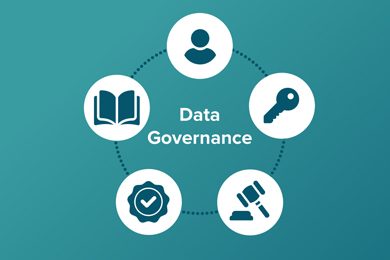
 Daniel Pham
Daniel Pham47 Lectures

 Divine Teyi
Divine Teyi34 Lectures

 Daniel Pham
Daniel Pham36 Lectures

 Amjid Ali
Amjid Ali50 Lectures
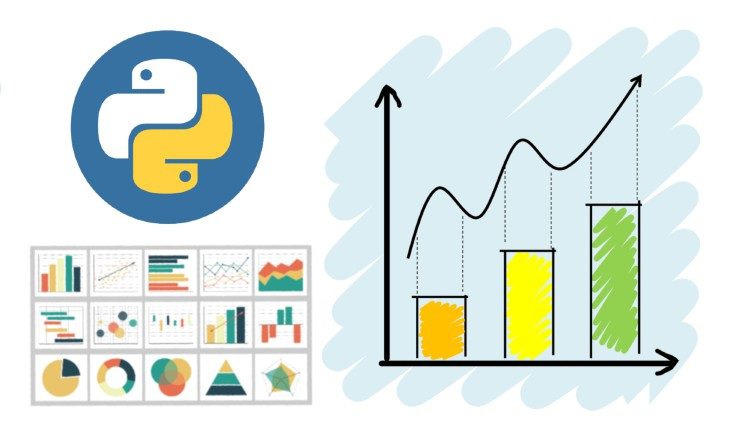
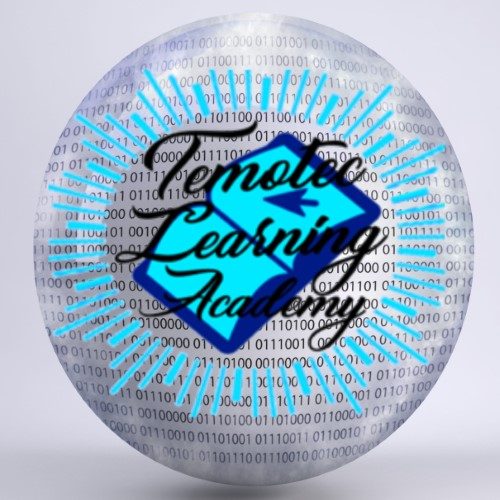 Temotec Learning Academy
Temotec Learning Academy58 Lectures
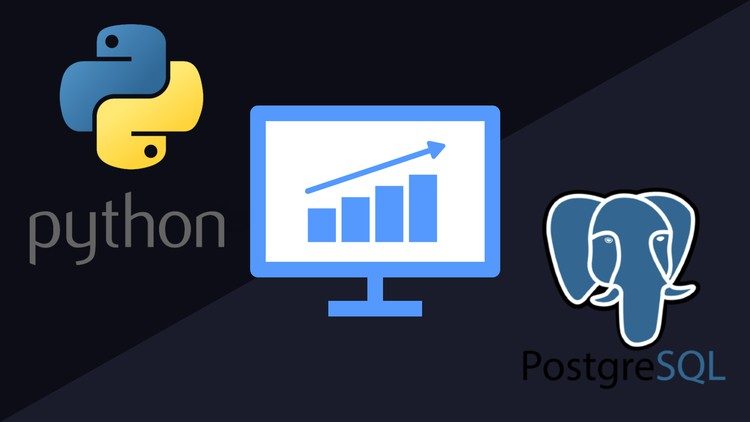
 Temotec Learning Academy
Temotec Learning Academy90 Lectures

 Sonu Kumar
Sonu Kumar93 Lectures
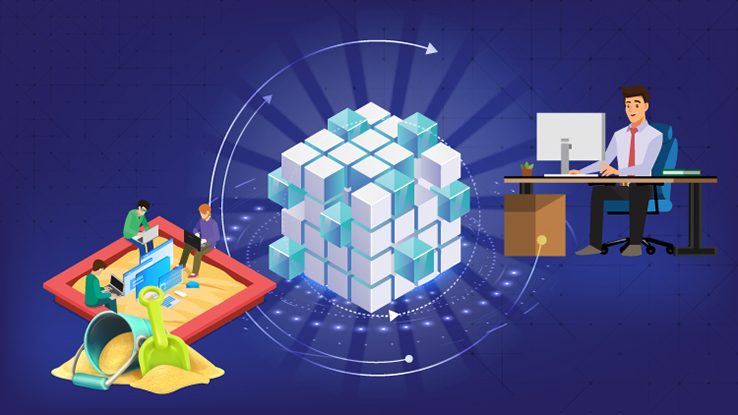
 Moslem Afrashtehmehr
Moslem Afrashtehmehr23 Lectures

 oluwaseun ogunmolu
oluwaseun ogunmolu 31 Lectures

 Atul Kadlag
Atul Kadlag11 Lectures

 DataRiel Academy
DataRiel Academy98 Lectures

 Balachandran S (Prof BALA)
Balachandran S (Prof BALA)52 Lectures
.jpg)
 Theodore Petrou
Theodore Petrou152 Lectures

 Rahul Ghai
Rahul Ghai26 Lectures

 Rahul Ghai
Rahul Ghai12 Lectures

 Satyajit Pattnaik
Satyajit Pattnaik32 Lectures
.jpg)
 Rahul Ghai
Rahul Ghai39 Lectures

 Arthur Fong
Arthur Fong10 Lectures

 Nikolai Schuler
Nikolai Schuler 88 Lectures
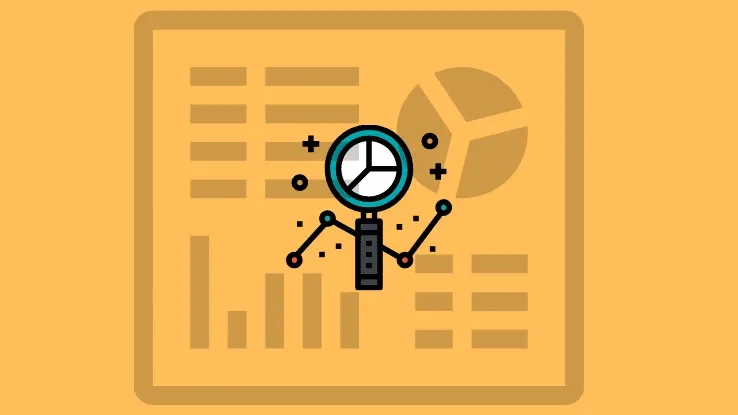
 Bhaumik Shah
Bhaumik Shah 14 Lectures
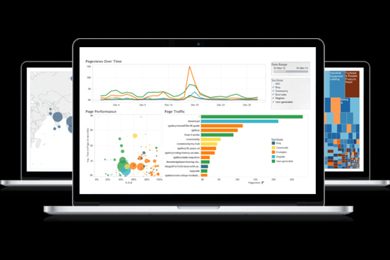
 PARTHA MAJUMDAR
PARTHA MAJUMDAR21 Lectures
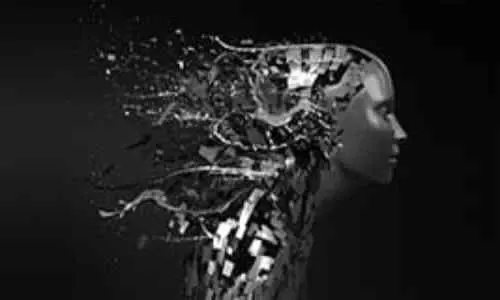
 Saheb Singh chaddha
Saheb Singh chaddha14 Lectures

 Ross Maynard
Ross Maynard17 Lectures

 Joshua Brindley
Joshua Brindley30 Lectures

 Abhilash Nelson
Abhilash Nelson34 Lectures
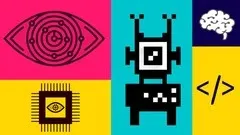
 Abhilash Nelson
Abhilash Nelson40 Lectures

 Datahill Solutions
Datahill Solutions11 Lectures

 Datahill Solutions
Datahill Solutions21 Lectures
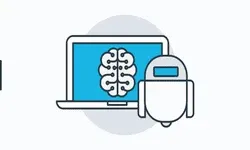
 Abhilash Nelson
Abhilash Nelson105 Lectures

 Sivin Duong
Sivin Duong12 Lectures

 Lorenz De Smedt
Lorenz De Smedt20 Lectures
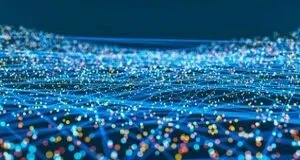
 Gulab Chand Tejwani
Gulab Chand Tejwani13 Lectures

 Siddharth Pawar
Siddharth Pawar26 Lectures

 Siddharth Pawar
Siddharth Pawar29 Lectures
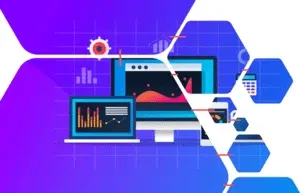
 Siddharth Pawar
Siddharth Pawar21 Lectures
Neural networks are computational models inspired by the structure and functioning of the human brain. They consist of interconnected nodes, or artificial neurons, organized into layers. Neural networks are used in machine learning and artificial intelligence to recognize patterns, make predictions, and perform tasks such as image and speech recognition.
Neural networks consist of input layers, hidden layers, and output layers. Each connection between neurons has an associated weight, and the network learns through a process of adjusting these weights based on training data. Activation functions introduce non-linearity to the model, enabling it to learn complex relationships.
Neural networks are trained using a process called backpropagation. During training, the network makes predictions, and the error between predicted and actual outcomes is used to adjust the weights. This iterative process continues until the model achieves satisfactory performance on the training data.
Various types of neural networks serve different purposes. Feedforward neural networks are common for tasks like classification. Recurrent Neural Networks (RNNs) are suitable for sequential data, and Convolutional Neural Networks (CNNs) excel in image recognition. Generative Adversarial Networks (GANs) are used for generating new data.
Neural networks have a wide range of applications, including image and speech recognition, natural language processing, recommendation systems, autonomous vehicles, and medical diagnosis. They excel in tasks where complex patterns and relationships need to be learned from large datasets.






